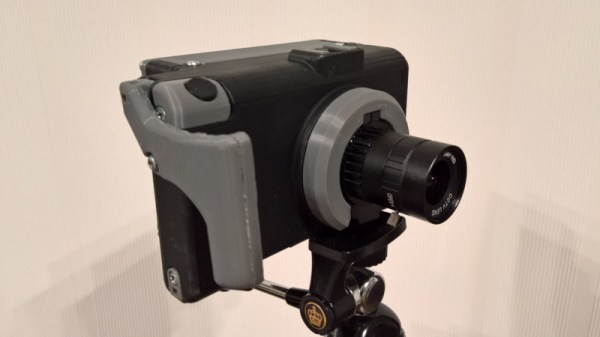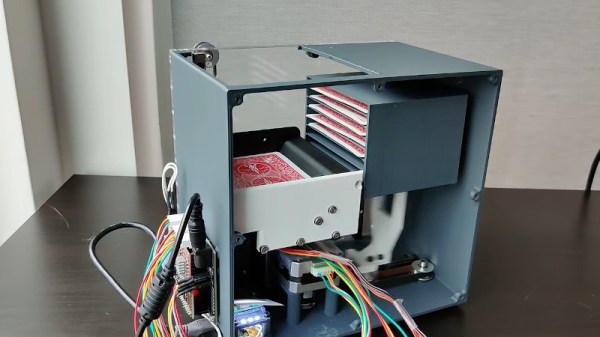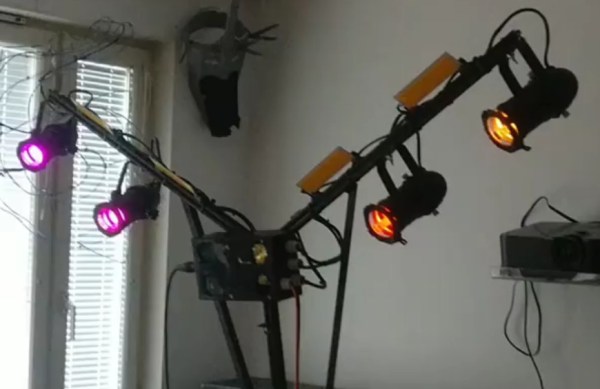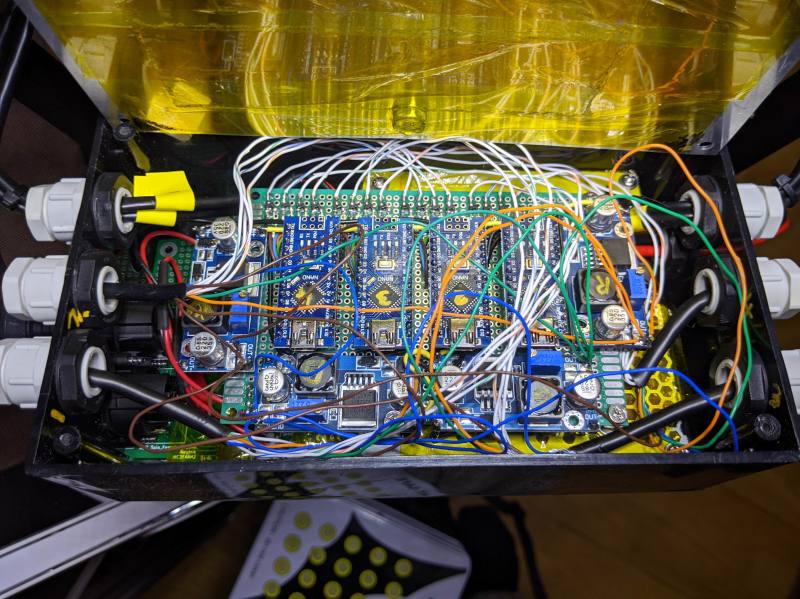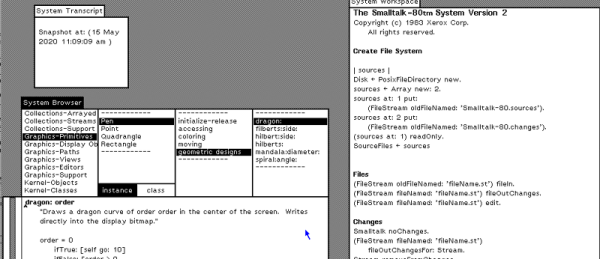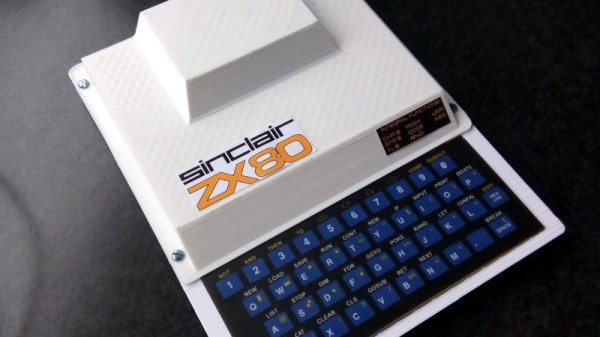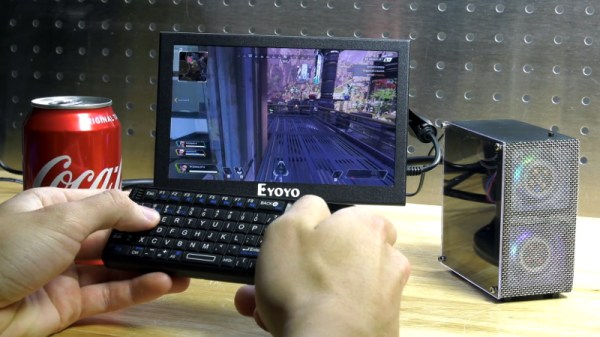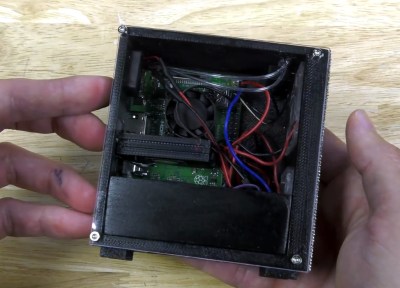The Raspberry Pi HQ camera module is an exciting product that for the first time puts something close to a decent quality interchangeable lens camera into the hands of hardware hackers. It’s already attracted the attention of those who have a wish to explore the boundaries of camera form factors. Our latest entrant in this field comes courtesy of [BBまどーし], who has opted for a very good 3D-printed analog of a conventional compact camera.
On the front as you might expect is the module, concealed behind a smart plastic ring. Behind that is a battery compartment, concealing not the brace of 18650s or the bare LiPo pouch that you might expect, but a 10,400 mAH USB power bank. Behind that is something approaching a conventional Raspberry Pi case, designed to take a Hyperpixel screen. The battery might seem an unadventurous choice, but it serves to highlight just how much bang for your buck can now be found in compact power banks. It may not have a hacker aesthetic, but you can’t argue with its cost and simplicity.
The details are the interesting part of this design, for instance it has a standard accessory shoe printed into its top. There is also a shutter button, but they admit to not being a software wizard enough to get it working. Perhaps a quick look at this Pi Camera in a 1970s Merlin game would be in order.

